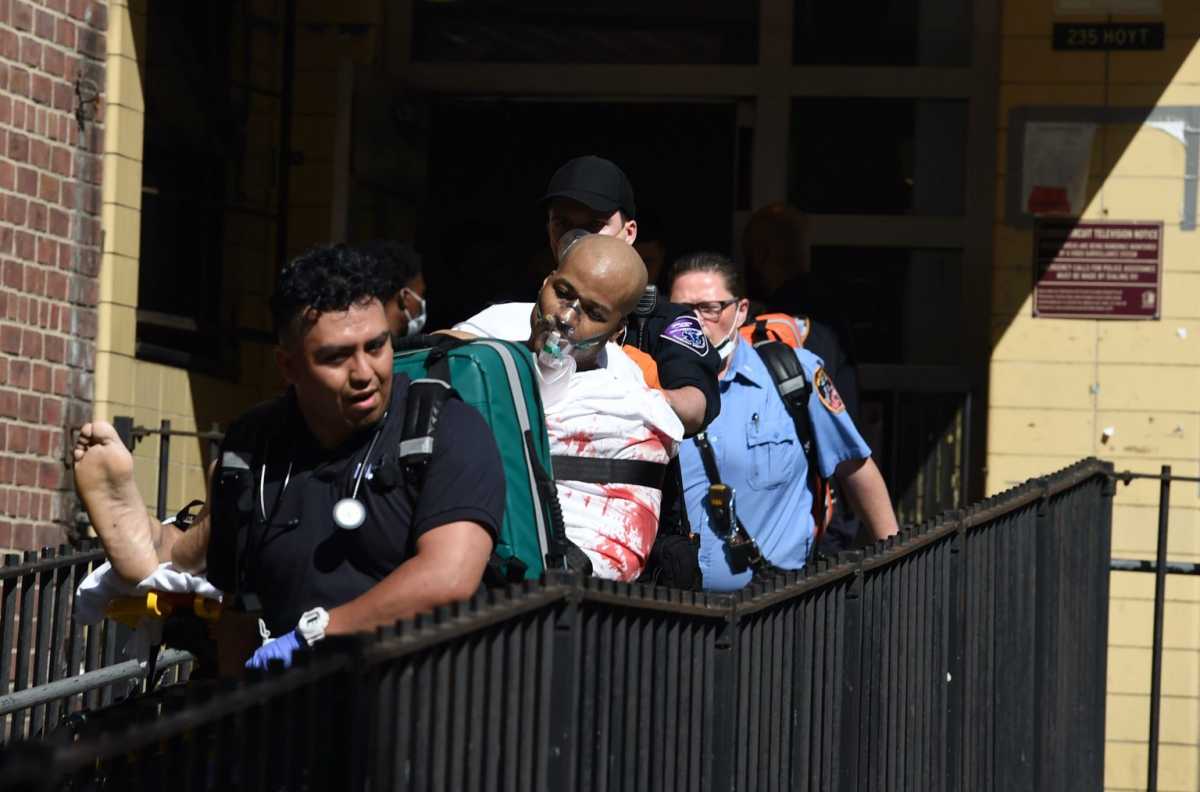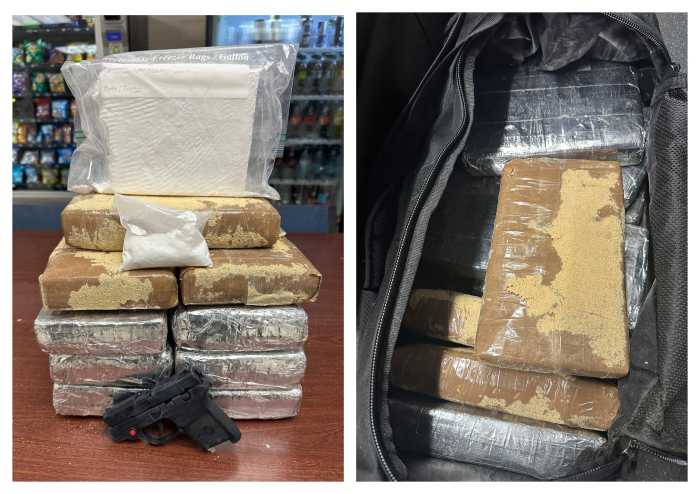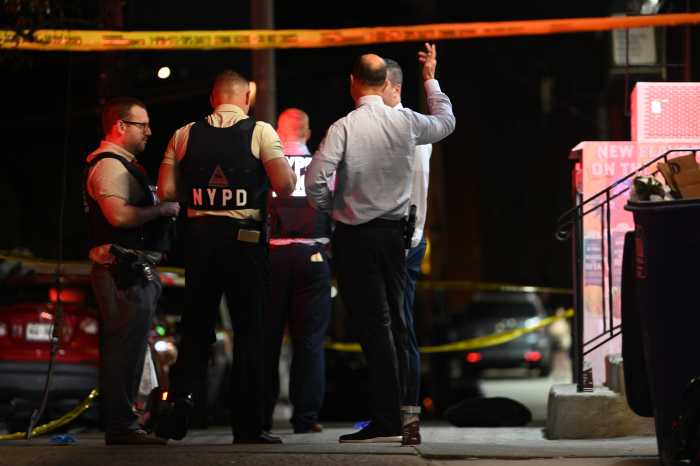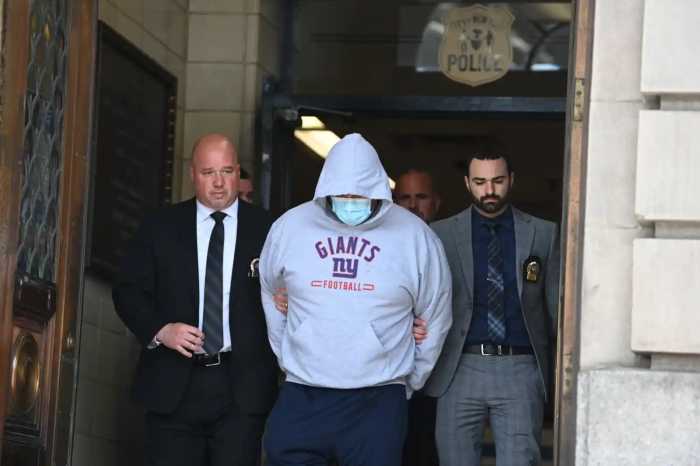After weeks of criticism and demonstrations, the NYPD announced a bit of good news on Thursday: Overall crime dropped in May by 21.2 percent, and it’s now down for the year by 2.5 percent.
The NYPD reported 35,651 major crimes, compared with 34,773 the year before. The drop is driven by decreases in the numbers of robberies, assaults and grand larcenies since the COVID-19 outbreak in mid-March.
But the department continues to be troubled by a startling spike in murders and shootings during the first five months of 2020. According to the May crime statistics report, homicides were up 79.1 percent, and shootings also spiked by 64 percent.
Officials blame most of the increase on gang related violence that has plagued all boroughs this year – even during the height of the COVID-19 crisis. There were 100 shootings compared with 61 last year, and 34 homicides in May compared with only 19 the years before.
Also of concern is an increase in burglaries that jumped 34 percent, from 1,154 this year compared with 861 last year. Officials are expecting burglaries to rise during June as many break-ins occurred during looting and vandalism that coincided with the George Floyd protests earlier in the month.
Officials also worried that stores which have been closed for months during the COVID-19 pandemic may have also been burglary victims without having reported it.
The May report revealed there were 6,362 major crimes as opposed to 8,075 the years before. Crime was down for every borough including transit and the housing bureau. In just one month, there was a 29 percent decrease in robberies, an 18 percent decrease in felony assaults and 43 percent decrease in grand larcenies.
Rapes also dropped in May by 33.7 percent, with 108 reported rapes compared to 163 last year. Police officials say they believe rape continues to be under reported.
Though the department was hit hard by the pandemic, sick reports have begun to return to normal levels of approximately 3 percent of the 36,000-member uniformed force. The NYPD lost 45 members of service who have died due to coronavirus-related illness, including three-star Chief of Transportation William Morris.
Officials say this has been some of the most challenging times for the department as they deal with daily demonstrations and small groups of looters and vandals that have plagued parts of the city and businesses located in those areas. Most of that looting has finally abated after two weeks of upheaval.
Some of the more pronounced looting occurred in Soho section of Manhattan and in the Fordham Road section of the Bronx. Dozens of stores were damaged and burglarized by looters who were using the protests to camouflage their crimes.
Several stores, including the Leica camera shop on Broadway in Soho, lost hundreds of thousands of dollars’ worth of merchandise. Some of those cameras appeared on eBay and other platforms the very next day, law enforcement sources said.
“I am proud of our police officers who have met the challenges of these trying times with remarkable fortitude and fairness,” said Police Commissioner Dermot Shea. “Their continuing success in simultaneously fighting crime, reinforcing the best public health practices and facilitating peaceful protest reflects the values of the New York City Police Department and the high standards of our profession.”
The department also announced the continuation of the Summer All-Out program that moves hundreds of additional officers into key area of the city that become busier during the summer. The additional manpower covers 10 neighborhoods that experience an uptick in crime during the summer.
In addition, NYPD officers continue to remind New Yorkers about the importance of following the best public health guidelines during the COVID-19 outbreak, though officers are refraining to penalize New Yorker’s during the crisis, and instead are distributing masks to the public.
The NYPD is now facing cuts to their budget that threaten to decrease manpower in the city. City Council members are considering slashing the NYPD budget by a billion dollars and shifting those resources to youth and education programs.
This story first appeared on amny.com.





































